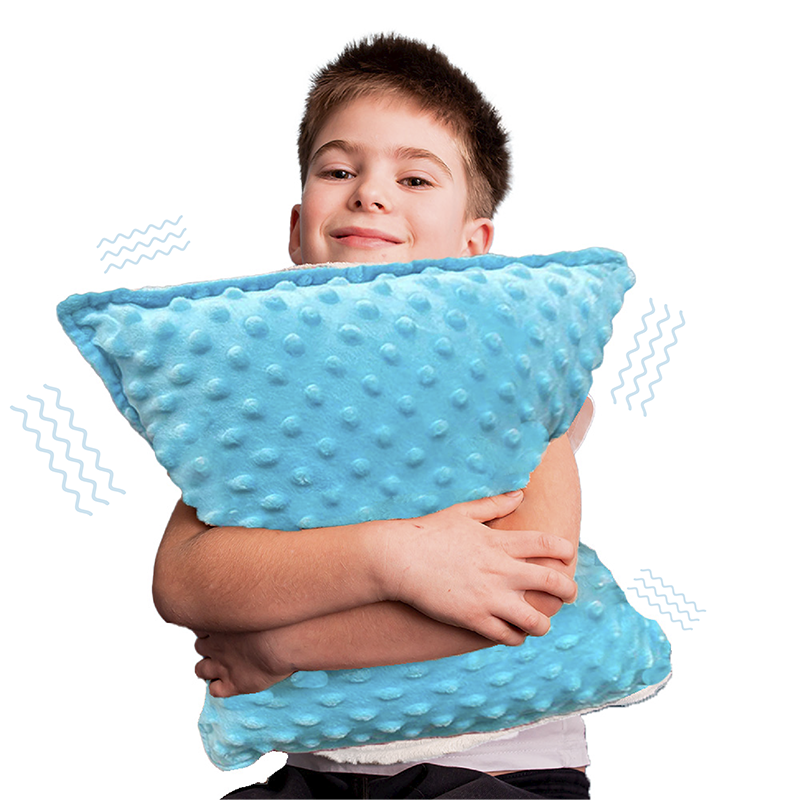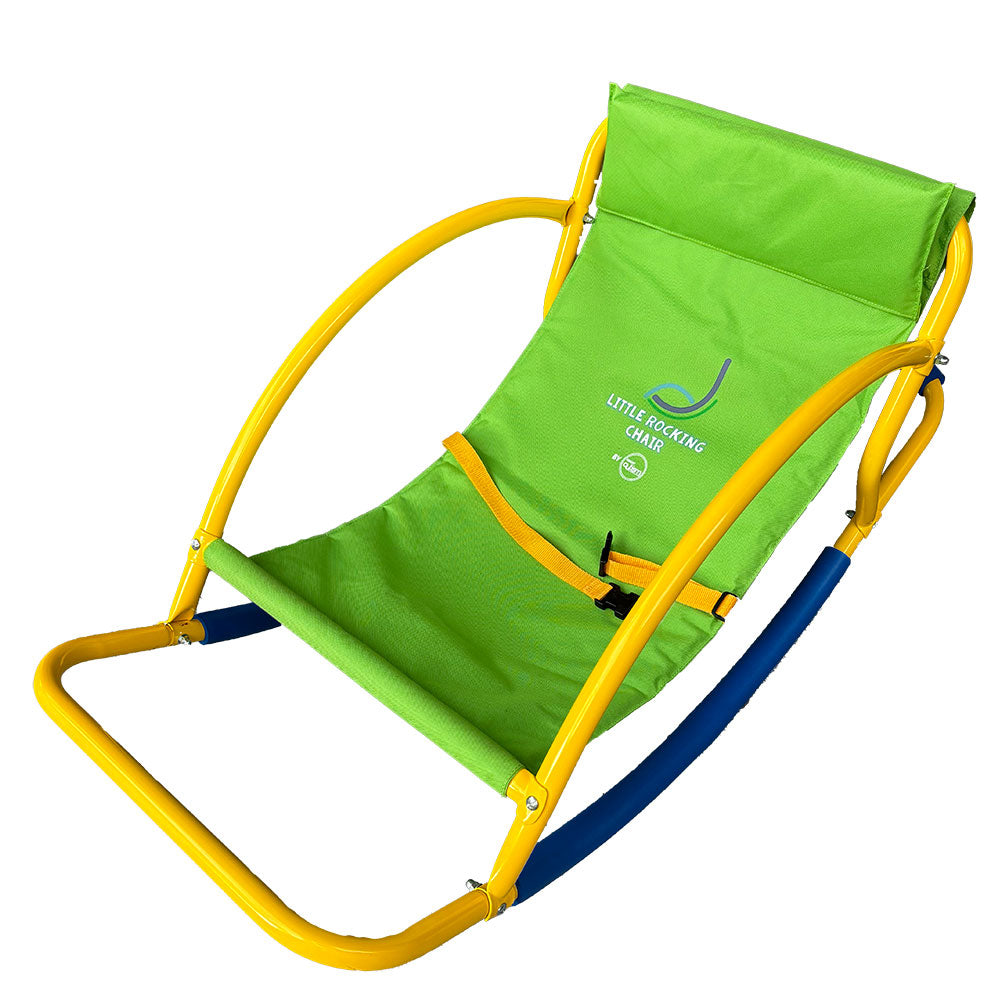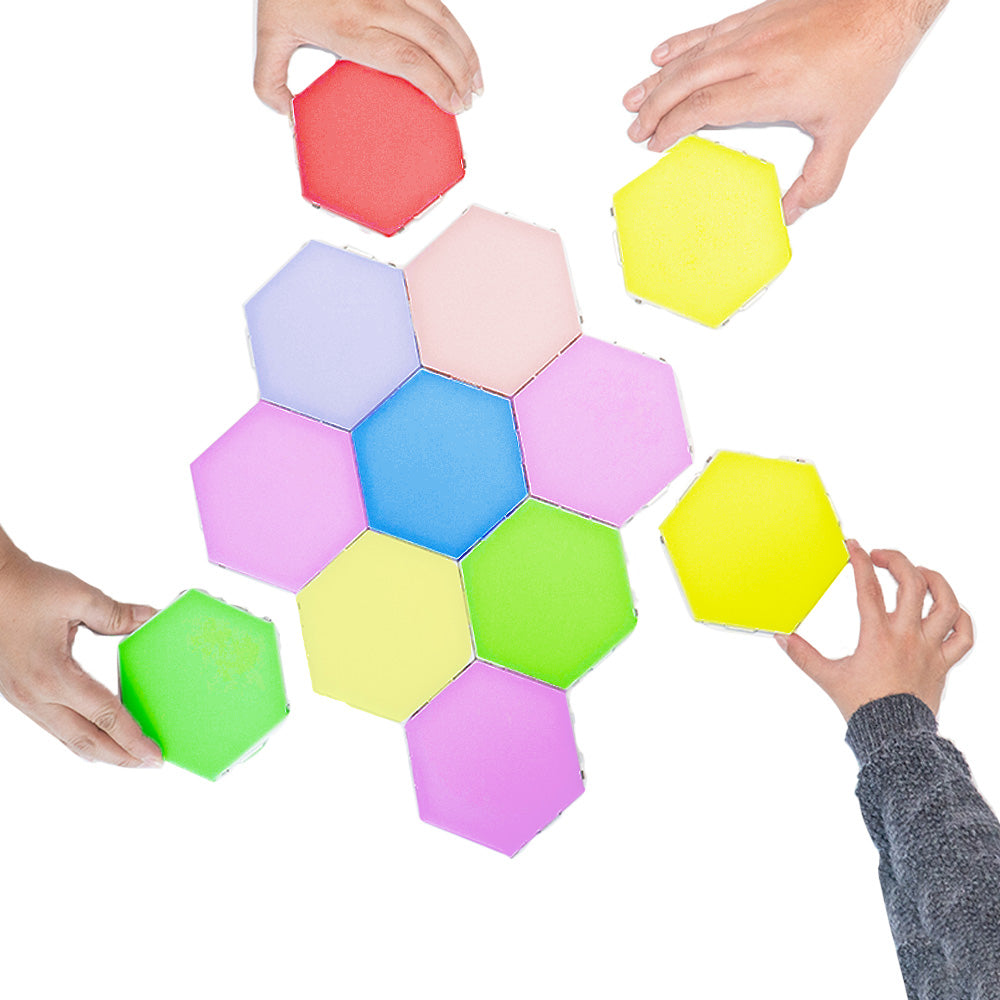
Understanding the nuances of playtime for children with autism can be a transformative experience for parents and caregivers. Among the various play patterns, parallel play holds a unique and vital role in the development of social skills for these children. This form of play, where children engage in activities side by side but independently, can be a gateway to non-verbal interaction and a deeper connection with their peers.
Children with autism often find social interactions challenging. The bustling energy of group play or playdates can be overwhelming, making it difficult for them to engage. However, when children with autism are introduced to parallel play, they are provided with a comfortable space to be near others without the immediate pressure of direct interaction. This setup can be incredibly reassuring, fostering a sense of security that is conducive to learning and growth.
Parallel play is not merely about two children playing separately; it's a stepping stone towards social development. It 'allows your child to have the opportunity to observe other children and utilize the information to interact or copy actions and language', as noted by the Healis Autism Centre. This observation and subtle engagement can be particularly beneficial for children with autism, who may prefer to process social cues at their own pace.
During parallel play, a child with autism can choose when to engage and when to retreat, giving them control over their social environment. This form of play respects their need for personal space while still exposing them to the rhythms and dynamics of social interaction. In this way, parallel play acts as a bridge between solitary play and more interactive forms of play, allowing children to learn from their peers in a low-stress setting.
For many children with autism, parallel play can evolve into something more interactive over time. As they become more comfortable with their playmate's presence, they may begin to share toys or engage in similar activities, leading to non-verbal communication such as exchanging glances, mimicking each other's actions, or even initiating joint activities.
It's essential to recognize that each child with autism is unique, and their response to parallel play will vary. Some may find it a natural and enjoyable way to relate to others, while some may need gentle encouragement and support. Parents and caregivers can facilitate parallel play by setting up play environments that encourage side-by-side activities, providing similar toys or materials, and modeling play behavior.
Parallel play also offers an opportunity for parents to observe their child's interests and strengths. By watching how their child interacts with the world around them during parallel play, parents can gain insights into what captivates and motivates their child, which can be invaluable in supporting their development.

Discover the Bright Calming Oil Roll-On, a product designed to enhance your child's sensory experience.
Creating a nurturing environment for parallel play involves patience, observation, and a willingness to follow the child's lead. It's about creating a space where the child feels safe to express themselves and explore relationships at their own pace. Parents can also seek guidance from professionals who understand the nuances of autism and can provide strategies to encourage positive play experiences.
As children with autism engage in parallel play, they are not only learning about the world around them but also about themselves. They are developing self-awareness, learning to regulate their emotions, and understanding how to navigate the complexities of social interaction. This form of play, therefore, is not just about play; it's about building the foundation for a lifetime of learning and personal growth.
It's crucial to celebrate the small victories that come with parallel play. Each moment of shared laughter, each toy exchanged, and each look that is met can be a significant step forward for a child with autism. These moments can be profound, filled with the joy of connection and the pride of independence.
Parallel play is not the final destination but rather a part of the journey. It's a testament to the resilience and adaptability of children with autism, who can find their way to connect with the world on their own terms. And for parents, it's a reminder that every child has the potential to grow and thrive in their unique way.
As we continue to learn more about autism and the diverse ways in which children experience the world, the significance of parallel play becomes increasingly clear. It's a reminder that play is not just a pastime but a critical aspect of development, a means of communication, and a pathway to understanding.
So, let's create spaces for parallel play, let's observe and learn, let's be patient and supportive. Let's celebrate each step our children take towards connection and let's remember that in their own way, they are teaching us about the beauty of diversity and the power of play.
Other Recommended Products:
TAP-TAP Sensory Lights - Touch and Visual Stimulation
Sensory Inflatable Cozy Boat
Stretchy Tubes - Fine Motor Skills Toy (8 pack)













Leave a comment